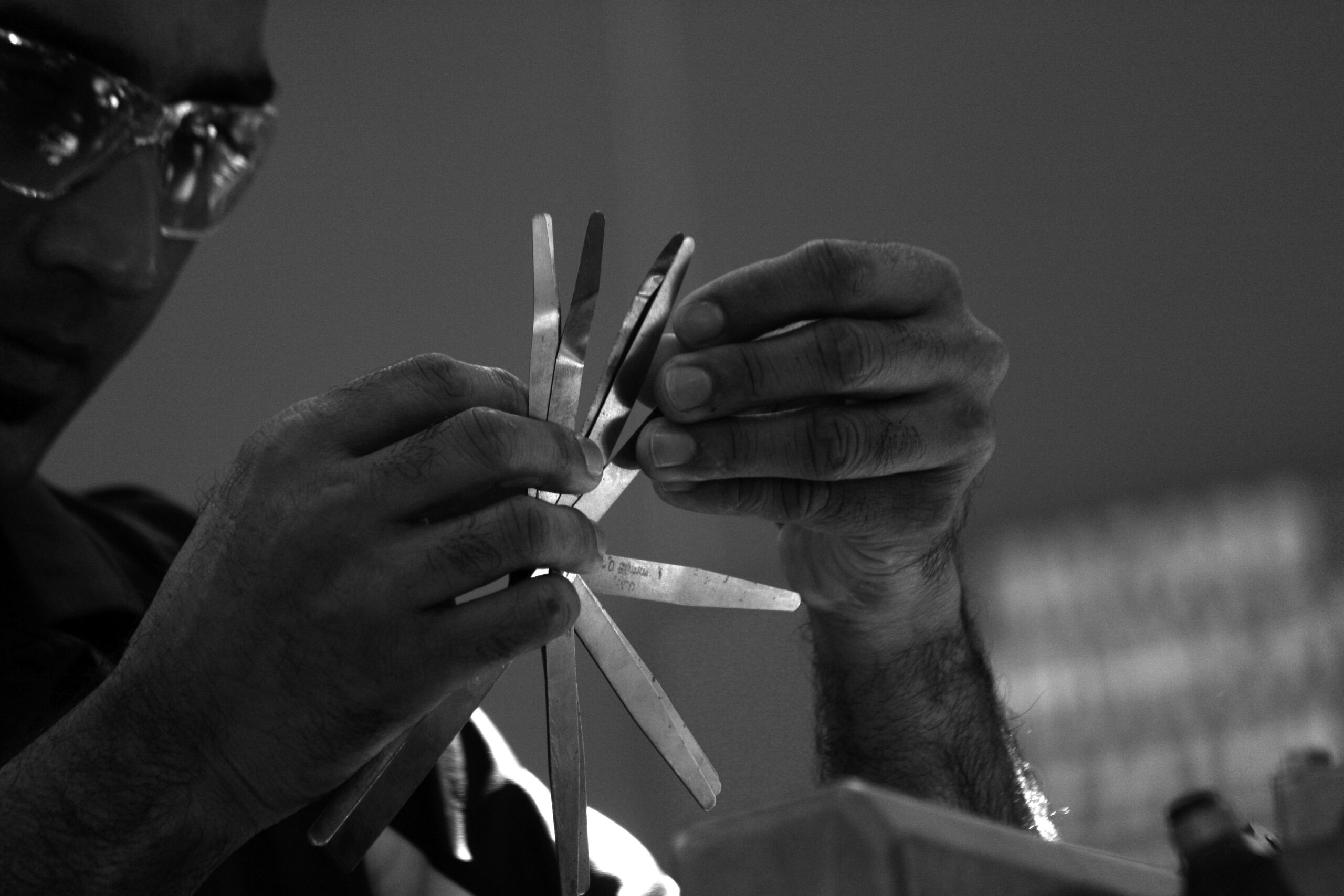Can you name the most complex machine ever built?
Here are a few clues:
- It contains over 2.5 million parts
- It uses more than 230 miles of wire
- It contains 1,060 plumbing valves and connections
- It has 1,440 circuit breakers
If you guessed the Space Shuttle, you’re correct! It took many brilliant minds to accomplish this engineering feat, but they also needed the technology to bring their vision to life.
Precision machining, as the name suggests, is used to create an array of high-quality, highly accurate components. From military and defense equipment to smartphones and medical devices, engineers rely on precision machining to produce every necessary part.
In this post, we’ll dive into the ins and outs of precision machining to give you a better understanding of this intricate process. Read on to learn more!
The World of High Precision Machining
High precision machining is a fantastic world of large and small machined parts set to tight tolerances. Different processes remove excess, raw material from a work-piece quickly, while still holding high precision.
There are a variety of industries that require high precision machining just to operate, such as:
- Aerospace
- Tool & die
- Agricultural
- Medical
- Military
- Electronics
- Energy
- Oil & gas
- Optical
- Pharmaceutical
It means cutting, shaping, and forming large sheets or billets of material into more precise parts, like aircraft turbine blades in jet engines. The materials to be used in such applications are often as exotic as the application itself.
These high requirements for the performance of the part also mean high requirements for the machinists and machines used to create them.
The tolerances are often so low that you can’t trust human hands to do it. In that case, we use automated machines that follow a program. It’s a high-stress environment because of the various processes involved in making a single part from start to finish.
What are some of those processes?
A Sample of High Precision Machining
So that high precision parts can meet very exacting specifications, it isn’t just cutting that often needs to be done. Yes, this efficient process does involve milling, turning, cutting, and electrical discharge machining.
The industry professionals make these parts using Computer Numerical Control (CNC) equipment. But also heat treatments and possibly additional processes like deburring. A typical workflow can look something like this:
- Pre-heat treatment machining
- Heat treatment
- Post-heat treatment machining
- Additional process
Before any work has been done to the part, there is the raw, untreated material. This material is first roughed out. The part is still machined to high precision, but missing some of the finer details.
Heat Treatments
After that, different heat treatments can be applied to a (metal) workpiece to make it harder and more wear-resistant. This changes the makeup of the material at a molecular level. It forms a stronger bond between the atoms of the alloy.
When a part wears it can create metal dust, which further wears down the part, in the case of gears. All parts will eventually wear, even high precision parts.
This is even more important in the case of a gear with fine teeth. Take the example of a watch, because you want the gear to wear as little as possible. It also has to have a perfect fit at the same time.
Still, with every click, you have metal contacting metal and putting a force on each other.
High precision machining uses a blade to make such precision cuts that enable a watch gear to operated as intended. And heat treating can reduce the brittleness of many types of alloy steel, which are based on iron.
There are many kinds of heat treatments, and even freezing treatments to realign the crystals and grain in metals to a stronger configuration.
Post-Heat Treatment Machining
After heat treatment, metals are often much harder and more difficult to work with. This means that the tools needed to work on them are harder still. In this phase of machining fine details, such as finer touches on the specific shapes of gear teeth, can be added
The material is so much harder that it often needs diamond-tipped tools to cut it. If a piece is incredibly small or extra precision is needed it may require using an EDM machine (more on that later) to do the extra work.
Some processes done at this stage are turning, gear grinding, and grinding down a surface to make it smooth and uniform. Sometimes even boring is done at this stage, now that the material is harder and won’t deform too much.
Additional Steps
Depending on the material or the final product, there may be a need to deburr, measure, inspect, and assemble many precision parts carefully.
Inspections are done for anything out of tolerance, or deformations due to working in the last stage. This is a vital part of the process because everything done up until now could have been for nothing if the machinists find a flaw.
Deburring removes excess materials tight might be hanging on, and helps to polish the surface. Some of these processes can be mechanical or chemical in nature.
High Precision Machines
We’ve been using the idea of a watch because everyone knows they work in fine detail. However, jet engines, assembly line robotics, and many automation-based environments require the use of such high-end machining. This is to operate with as little downtime as possible with high output and little human interference.
To accomplish making such machines, it takes equally impressive machines like:
- 3- and 4-axis milling machines
- 5-axis CNC machines
- Wire EDM
- CNC Swiss machining
- Super-precision lathes
- Sink/RAM/Plunge EDM
Some of these machines are used for mechanical material removal, but EDM machines use an electrical discharge, which gives it the name of electrical discharge machining.
EDM also has names like spark eroding, spark machining, die sinking, wire erosion, or wire burning. EDM machining is at the forefront of precision machining technologies, enabling precision down to the single digits of microns and beyond.
The precision that EDM goes for can even involve a clean room inside of a clean room, to ensure things go as planned.
The Last Cut
Most people aren’t using high precision machining to make the next space shuttle. But transportation manufacture does put lives on the line every day. Having precision tools and processes for using them helps tomorrow’s transportation solutions save lives today.
Sanritsu America Inc. has decades of experience in Kaizen-based automation manufacturing processes industries. Let us help you establish and improve those essential processes today.
Kaizen means “change for the better” or “continuous improvement,” which is what we can deliver. Want to see how? Contact us today to find out.



